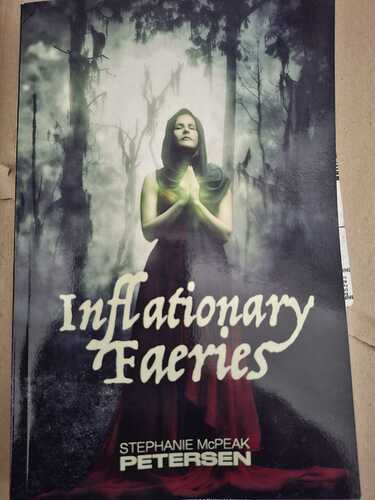This from a few years back, and the departing from respecting those liminal spaces. Yes the places where “the fairy folk” known as the “Sidhe” (pronounced like “She”) reside and rule. In folklore recorded as the remnants of the Tuatha de Danann ( pronounced too-aha-day-Don-an), one of the early invaders (and gods/goddesses) of Ireland. From ringfort to ring road: The destruction of Ireland’s fairy forts – The Irish Times , However there have been an ongoing set of road traffic accidents since the road was built cutting through the Curtaun fairy fort. TikTok - Make Your Day . The highway was rerouted around a fairy tree in the construction of the Latoon bypass section of the highway…
"The core of the story of the peopling of Ireland was built on top of biblical traditions. It begins with Noah and the Flood, and Noah’s granddaughter Cesair (she does not feature in the Bible), who was said to be the first to arrive in Ireland. The next wave involved the Parthalonians, descendants of Japhet, son of Noah, but they succumbed to plague. The third wave of settlers, descendants of Nemed, were vaguely related to the Parthalonians. The Nemedians were eventually defeated by the Formorians. Some Nemedians later returned from Greece as the Fir Bolg. They, in turn, were replaced by the Tuatha Dé Danann.
A second strand traces other descendants of Japhet, including Fénius Farsaid and his grandson, Goídel Glas (the term ‘Gael’ is traced to him). Later, Breóghan, descended from Goídel Glas, viewed Ireland from a tower in Galicia on a clear night. His grandson, Míl Espáine, went to Ireland, where he defeated the Tuatha Dé Danann. The Clann Mhíleadh (‘sons of Míl’), Ír, Éibhear and Éireamhón and their descendants, became established in Ireland."
Clann Mhíleadh were also known as the Milesians (originating from the Iberian Peninsula).
References to the Tuatha de Dánann are recorded in subsequent extracts of other early medieval and later books from an originating 7th Century work, most likely by a monk, in the ‘Leabhar Gabhála’ (Book of invasions) preserving local folklore and history. https://www.ria.ie/collections/manuscripts/irish-language-manuscripts/leabhar-gabhala-the-book-of-the-invasions/






